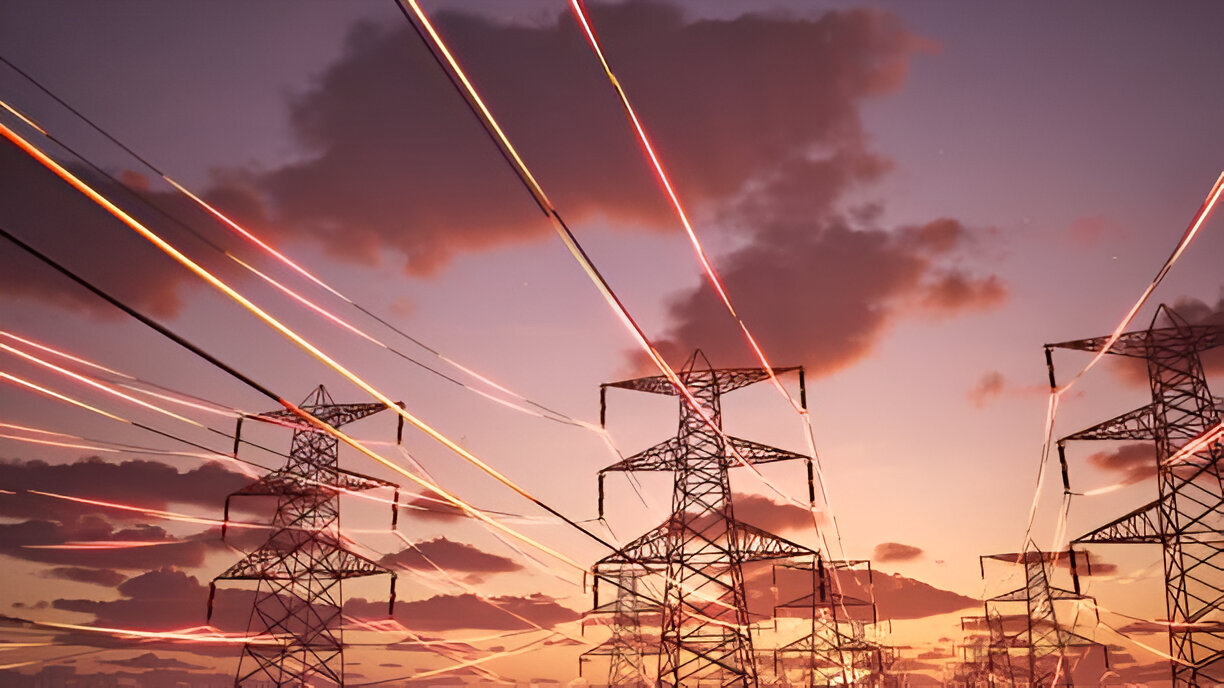
What company owns AGL?
AGL is one of Australia’s most recognisable energy brands—but who actually owns it? If you've ever switched providers, debated AGL vs Origin, or just scanned your power bill in confusion, this one’s for you.
Spoiler alert: AGL is publicly owned. That means it’s owned by thousands of shareholders, not a single company or government. But the full picture is a bit more complex—and revealing.
Who owns AGL?
AGL Energy Limited (ASX: AGL) is an Australian publicly listed company. That means it’s owned by shareholders who buy and sell its stock on the Australian Securities Exchange. There’s no single private company or government body controlling it.
But not all shareholders are equal.
Some of AGL’s largest shareholders include:
-
Institutional investors: Think superannuation funds, big banks, and asset managers. As of recent disclosures, names like BlackRock, Vanguard, and AustralianSuper hold significant stakes.
-
Retail investors: Everyday Australians with shares via online brokers or SMSFs (Self-Managed Super Funds).
-
Board & insiders: AGL executives and directors also hold shares, though their influence is typically smaller compared to institutional players.
This ownership model is common across the ASX, but it comes with trade-offs: the company is accountable to the market, but sometimes less responsive to public sentiment—particularly around energy transition and emissions.
Is AGL owned by the government?
Nope. AGL was once a government-run utility (founded back in 1837!) but fully privatised over time. The current structure is a pure play corporate model with no government ownership.
This matters because some Australians still assume energy companies are publicly run. That confusion can create misplaced expectations about pricing, reliability, or renewables investment.
Why does AGL's ownership matter?
AGL isn’t just another electricity provider. It’s one of Australia’s largest greenhouse gas emitters—and a key player in the country’s energy transition. Ownership influences:
-
Strategic decisions: Will they shut coal early? Invest in renewables? That depends on board direction—and what shareholders push for.
-
Public pressure: In 2022, tech billionaire Mike Cannon-Brookes attempted a hostile takeover of AGL, aiming to force faster decarbonisation. While unsuccessful, the move reshaped the board and blocked a planned demerger.
-
Dividends vs reinvestment: Shareholders often want short-term returns. That can conflict with long-term infrastructure spend.
Knowing who owns AGL gives us insight into what drives its decisions—and how quickly it can adapt to climate and consumer expectations.
Has ownership changed recently?
Yes. AGL’s share register saw a shake-up in 2022 and 2023 following the demerger saga. Cannon-Brookes, via his Grok Ventures fund, now holds a significant stake and exerts soft influence over AGL’s direction.
That’s a big shift. It shows how shareholder activism—especially from climate-conscious investors—is shaping Australia’s energy sector.
The rise of ESG (Environmental, Social, and Governance) investing means ownership is no longer just a financial play—it’s strategic.
Is AGL Australian owned?
Mostly, yes—but it’s nuanced.
-
Headquartered in Sydney, AGL is fundamentally an Australian company.
-
However, foreign investment is substantial, particularly from US-based asset managers like BlackRock and Vanguard.
-
Australia’s superannuation funds also have big stakes—so in that sense, many Aussies indirectly own AGL through their retirement savings.
It’s a blend of local control with global capital.
How does AGL’s ownership compare to competitors?
Here’s a quick comparison:
| Provider | Ownership Structure | Foreign Ownership | Government Ties |
|---|---|---|---|
| AGL | ASX-listed public company | Yes (partial) | None |
| Origin | ASX-listed public company | Yes (partial) | None |
| EnergyAustralia | Subsidiary of CLP Group (Hong Kong-listed) | Yes (majority) | No (foreign-owned) |
| Red Energy | Owned by Snowy Hydro (government-owned) | No | Yes (Federal Gov) |
Interesting to note: many customers assume Red Energy is a small indie retailer—when in fact, it's 100% government-backed.
So, should ownership influence your energy provider choice?
For some Australians, yes.
If you care about where your money goes—and who’s steering the clean energy shift—ownership becomes more than a footnote. It’s a value statement.
For others, price, service, and reliability still win out. That’s fair too.
But being aware of who pulls the strings behind the scenes lets you make a more informed decision.
External perspectives and watchdog insights
The Australian Energy Regulator (AER) tracks performance and pricing across all major retailers. Their Retail Markets Report offers insight into AGL’s retail performance versus competitors.
Consumer advocates also play a role. CHOICE and RenewEconomy regularly analyse ownership dynamics and how they impact consumers and climate policy.
FAQ
Is AGL privately owned?
Yes, it’s owned by shareholders—mainly institutional investors, not a single private entity.
Does the government own any part of AGL?
No. AGL is fully privatised and has been for decades.
Can I buy shares in AGL?
Absolutely. Anyone with access to the ASX can invest in AGL under the ticker AGL.
AGL’s ownership might not be dinner party talk, but it matters more than you’d think. It shapes everything from your power bill to Australia’s climate roadmap.
And when comparing options, it's useful to check how ownership affects consumer outcomes. For example, here's a balanced AGL Energy Review that breaks down its pros, cons, and how it stacks up against Origin.

